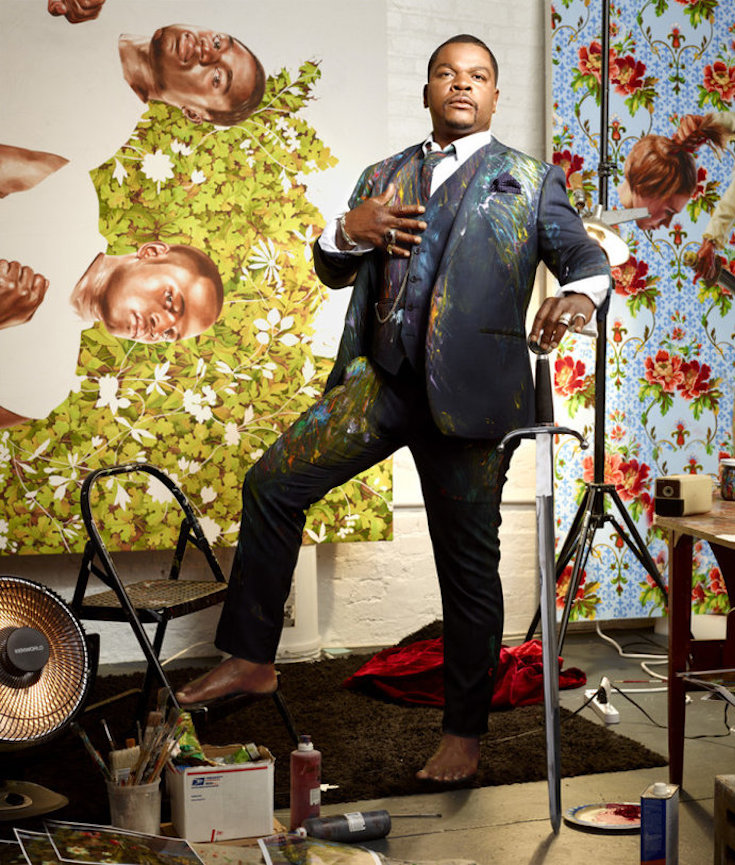[dropcap]The[/dropcap] artist, Kehinde Wiley, is known for picturing young black people in stylized portraits that are deliberate throwbacks to earlier traditions of painting. His “Napoleon Leading the Army Over the Alps” (2005) shows a young man in hiking boots and camouflage riding a rearing stallion the way the French emperor does in an early-1800s painting by Jacques-Louis David. In the 2010 “Equestrian Portrait of King Philip II (Michael Jackson),” the pop superstar Jackson, in a cape and elaborate armor, mimics the monarch in the Rubens work it references. [mc4wp_form id=”6042″]
So will Mr. Obama be depicted on horseback, wearing breeches and a plumed hat? Mr. Wiley said he had been sworn to secrecy by the National Portrait Gallery. “I wish I could say more,” he added in an interview at the Stephen Friedman Gallery here, where he has a new solo show. He indicated that he was hard at work on the portrait, saying there had been “so many different iterations” of it.
 Algorna_Study_II | Kehinde Wiley
Algorna_Study_II | Kehinde Wiley
 Triple Portrait of Charles II | Kehinde Wiley
Triple Portrait of Charles II | Kehinde Wiley
NATIONAL MUSEUM OF AFRICAN AMERICAN HISTORY & CULTURE | WASHINGTON, DC
The National Museum of African American History and Culture is the only national museum devoted exclusively to the documentation of African American life, history, and culture. It was established by Act of Congress in 2003, following decades of efforts to promote and highlight the contributions of African Americans. To date, the Museum has collected more than 36,000 artifacts and nearly 100,000 individuals have become charter members. The Museum opened to the public on September 24, 2016, as the 19th and newest museum of the Smithsonian Institution. (Website).



You must be logged in to post a comment.